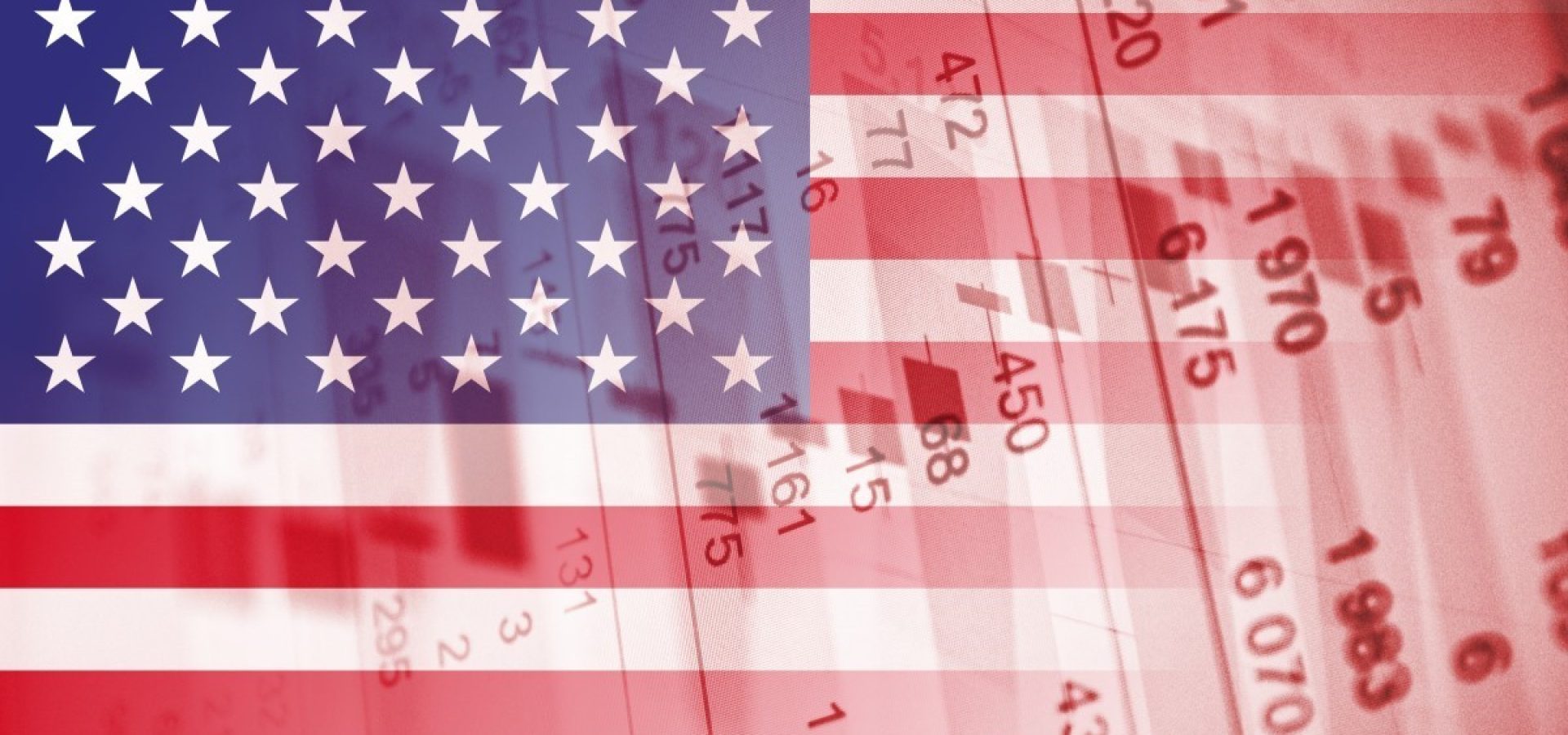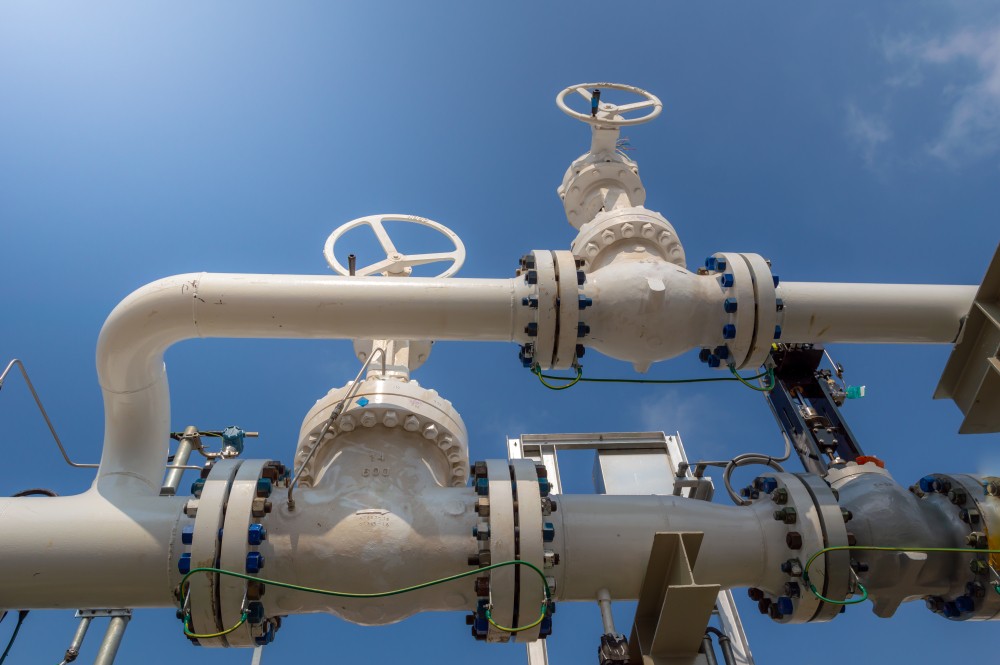In economic terms, the year 2023 brought an array of surprises, leading to the coining of the term “hyped economy.” This period, characterized by defied predictions and a reevaluation of economic models, sets the stage for 2024’s cautious optimism, influenced by potential interest rate cuts and changes in inflation dynamics.
Economic Policy Shifts and Projections in a Hyped Economy
Amidst the unexpected turns of the past year, economists call for moderation within the hyped economy. Predictions suggest a potential slowdown in economic activity, possibly signalling a mild recession. Kevin Kliesen from the Federal Reserve Bank of St. Louis anticipates modest deterioration in economic conditions, expecting positive yet slowed GDP growth and job gains. These projections are due to economic policy shifts, particularly the Federal Reserve’s move away from rapid interest rate hikes. The once surging inflation should recede, potentially leading to a “soft landing” for the economy.
Changing Economic Dynamics: Economy Pricing and Types of Economy
In 2024, Americans are likely to witness shifts in economic dynamics, predominantly in economy pricing. After peaking at an annual inflation rate of 9% in mid-2022, a decrease to mid-2% or lower is forecasted. Interest rates should decrease, particularly in sectors like mortgages, influencing the types of economy activities and housing market dynamics. Demographic shifts will play a significant role in driving economy pricing and economic activity, with varying impacts across different types of economy sectors.
As the US economy moves through 2024, the “hyped economy” theme reflects a mix of anticipation and uncertainty. The moderately positive outlook, despite potential risks, suggests the possibility of more surprises akin to the unpredictability seen in 2023. This hyped economy narrative adds depth to the ongoing story of economic resilience and adaptability in the face of changing economic activity, policy, and pricing within various types of economies.









COMMENTS